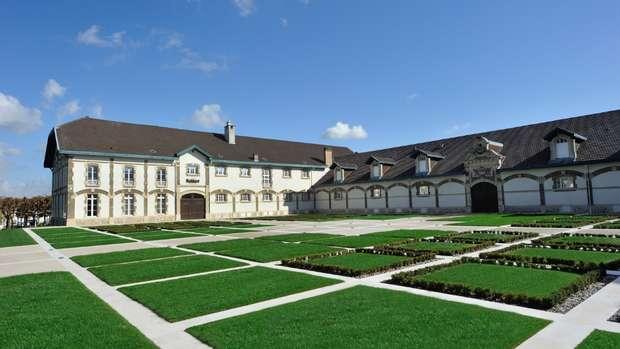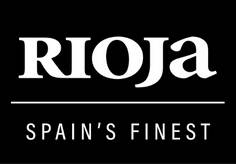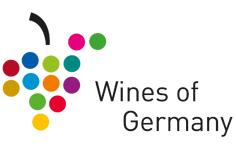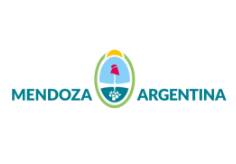33
Maison Ruinart
Champagne, France
Ethos: Respecting the harmony of nature
Winemaker
Frédéric Panaïotis
Established in 1729 by Nicolas Ruinart, Champagne Ruinart was the first formal Champagne house – or maison – in the world. To this day, its easily recognisable bottles hark back to the eighteenth century, which is also when the family began aging their wines in their medieval chalk cellars, Les Crayéres. Now listed as a UNESCO World Heritage Site, these ethereal vaults sit 40 metres underneath the city of Reims and stretch eight kilometres long, their white walls providing a naturally cool, dark environment for storing wine.
In addition to aging wines in-bottle, chalk is key to growing quality Chardonnay. As the one white grape of the traditional three used to make Champagne, this variety is of particular significance for Ruinart, famous for its clear-bottled Blanc de Blancs, which blends fruit from a variety of chalk-rich Premier Cru soils across the region. And instead of gift boxes, you’ll notice a chalky resemblance to the 99% paper casing that adorns Ruinart’s bottles: this lightweight, recyclable ‘Second Skin’ is just one example of the sustainable practices underpinning the modern maison. As it nears its 300th anniversary, Champagne Ruinart has its eyes firmly on the future as a High Environment Value company.
Your visit
Touring the historic Crayères takes two hours, followed by a tasting of two wines. Above ground, resident chef Valérie Radou oversees vibrant weekend brunch menus during the warmer months, served both inside and out on the terrace. Reservations are essential and your meal includes two glasses of your chosen cuvée. Radou also creates sumptuous tasting menus for special events such as immersive multi-course dinners, so it’s worth checking what’s on, and many of her artistic pairings for the maison’s wines are available online.
Art is a prevailing theme at Ruinart, not just culinary but visual: it has teamed with countless notable artists over the years and regularly exhibits at the world’s biggest fairs, including Frieze and Art Basel, as well as hosting virtual exhibitions. Guests to the estate might spy the new wooden installations by German environmental artist Nils-Udo amid the Premier Cru Taissy vineyard – a celebrated site and the epicentre of Ruinart’s biodiversity project.
The wines
Aside from the flagship Blanc de Blancs, Ruinart’s select range includes a rosé and prestige cuvées from exceptional vintages, which are made from Grand Cru grapes and named after Nicolas Ruinart’s uncle, Dom Thierry, a Benedictine monk whose partiality for what was then a new-fangled sparkling style of wine is said to have provided inspiration for the very maison itself.

.jpg)
.jpg)



